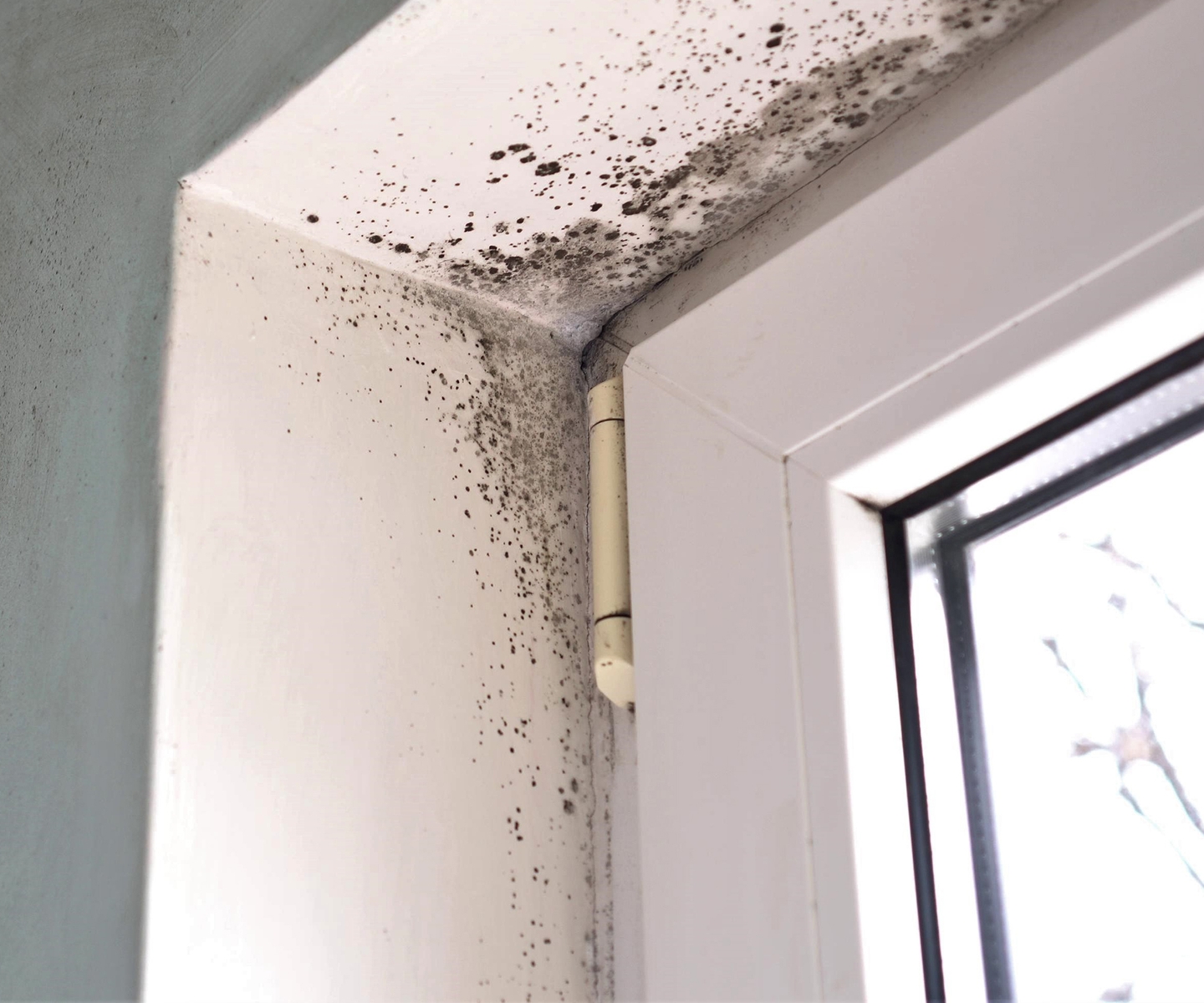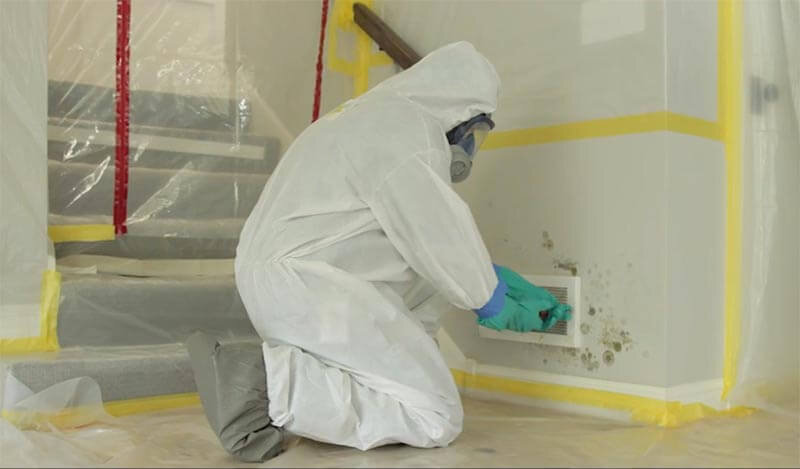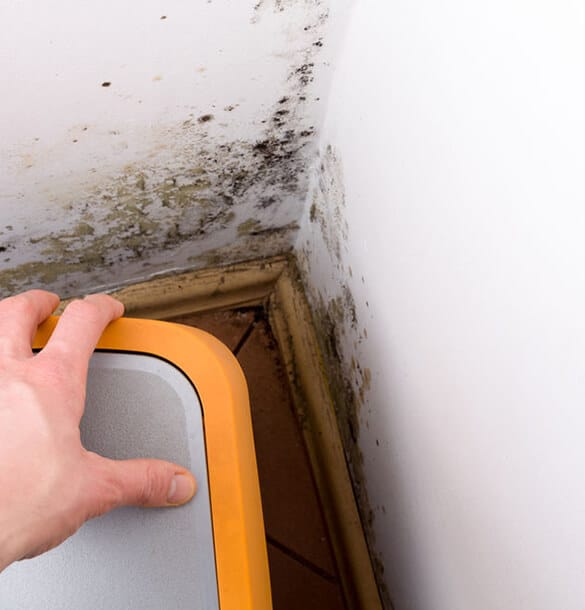Crafting a Detailed Post Mold Remediation Report
Effective Post Mold Removal Solutions for Your Home
Mold and mildew growth in homes can be a persistent issue, usually requiring a methodical method for efficient post-remediation services. From recognizing the variables that add to mold and mildew development to applying proper cleansing techniques and dampness control measures, the process can be detailed yet essential for preserving a healthy living setting. Furthermore, exploring natural remediation solutions and developing a routine for ongoing maintenance are necessary components of a thorough mold and mildew remediation approach. As home owners make every effort to deal with mold and mildew problems, locating one of the most efficient solutions becomes extremely important for the well-being of their homes.
Recognizing Mold And Mildew Development Variables
The primary variable adding to mold development is dampness. Mold spores call for moisture to sprout and flourish, making humid or damp atmospheres very prone to mold problems.

Additionally, air flow and light direct exposure can impact mold and mildew development. Areas that lack correct ventilation and all-natural light are a lot more prone to mold and mildew advancement. By dealing with these variables adequately, people can effectively minimize mold and mildew growth and guard their living atmospheres.
Correct Mold And Mildew Cleansing Strategies
Utilizing efficient cleansing techniques is important in avoiding the reappearance and dealing with of mold contamination in interior settings. When dealing with mold and mildew, it is critical to prioritize safety and security by putting on safety equipment such as masks, goggles, and gloves. The very first step in correct mold cleansing is to include the damaged location to avoid the spread of spores to uncontaminated areas. This can be attained by securing off the area and using air scrubbers or unfavorable air makers to preserve air quality.

Carrying Out Wetness Control Procedures
To successfully prevent mold and mildew growth and contamination in interior settings, applying wetness control actions is paramount. In addition, making sure proper ventilation in locations prone to moisture accumulation, such as shower rooms and kitchens, can help reduce the risk of mold and mildew growth. By vigilantly carrying out these dampness control steps, home owners can successfully decrease the possibility of mold recontamination and maintain a healthy indoor atmosphere.
Making Use Of Natural Removal Solutions
After successfully applying wetness control steps to protect against mold and mildew development in interior environments, homeowners can currently discover the efficiency of natural removal solutions in maintaining a healthy and balanced living space. All-natural removal options use ecologically friendly approaches to battle mold and mildew and mold, making them a prominent option for those seeking safe options. By including these natural remediation options right into their cleaning routines, property owners can effectively view website deal with mold and mildew growth while advertising a healthier interior setting straight from the source for themselves and their family members.

Keeping a Mold-Free Environment
Routinely examining areas susceptible to mold growth, such as shower rooms, basements, kitchen areas, and attic rooms, is vital. Appropriate air flow in areas with high moisture degrees is also vital to stopping mold growth.
In addition, maintaining cleanliness in the home is important for mold prevention. Frequently cleaning and cleaning surfaces, rugs, and upholstery can aid remove mold spores before they have a chance to multiply and clear up. Making use of mold-resistant items for building and construction products and furnishings can additionally assist in developing a mold-free setting. Maintaining interior plants in check and making sure correct water drainage in outside landscape design can decrease moisture build-up, minimizing the possibility of mold and mildew problems. By complying with these proactive maintenance techniques, homeowners can effectively support a mold-free space.
Final Thought
In final thought, it is important to address mold growth elements, make use of proper cleansing methods, carry out dampness control procedures, make use of natural remediation remedies, and keep a mold-free environment in order to efficiently deal with post mold removal in your house - Post Mold remediation cleaning. By complying with these approaches, you can protect against mold from repeating and ensure a healthy and balanced living environment for you and your household
The key aspect adding to mold growth is navigate to this site dampness. Mold spores call for dampness to germinate and flourish, making damp or moist settings extremely vulnerable to mold and mildew infestations.To successfully protect against mold and mildew growth and contamination in indoor settings, carrying out wetness control procedures is extremely important. Additionally, ensuring appropriate air flow in locations prone to moisture buildup, such as shower rooms and cooking areas, can help minimize the danger of mold and mildew development.After efficiently applying dampness control steps to stop mold growth in interior environments, homeowners can currently check out the performance of natural removal options in preserving a healthy living area.